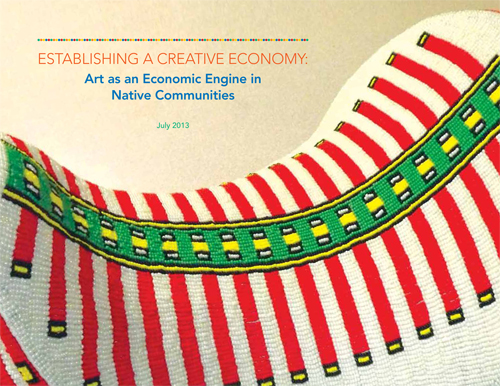Diversity, Equity, and Inclusion
When the Network of Ensemble Theaters (NET) set out to produce MicroFest USA: Revitalize, Reconnect, Renew, we wanted to look at the positive impact that art and artists were having on communities around the country. Our intent was twofold: to acknowledge and advance the pioneering and current work of ensemble theaters committed to community-based practice and positive community change (placemaking), and to foster mutual learning with a wider spectrum of artists, cultural workers, and community partners also contributing to community well-being and social change (placemakers).
Read More...On this seventeenth anniversary of the Sphinx Organization’s work in the field, I felt compelled to speak to our field and nation as a whole regarding diversity, inclusion, and the state of American orchestras.
Read More...July 2013, 40 pages. First Peoples Fund, P.O. Box 2977, Rapid City, South Dakota, 57709, firstpeoplesfund.org.
Download:
Read More...While the title of GIA’s 2012 Thought Leader Forum — Racial Equity in Arts and Culture Grantmaking — may have left something to be desired in the excitement department, the content of the discussions that took place was such that the two and a half days we spent together in June and two additional days we gathered in November revealed principles/approaches toward racial equity that I hope will have value to colleagues. The goals of the initial forum were as follows:
A new level of debate about equity began when the National Committee on Responsive Philanthropy (NCRP) released its report Fusing Arts, Culture and Social Change: High Impact Strategies for Philanthropy, by Holly Sidford, at the October 2011 GIA conference in San Francisco.
Read More...

